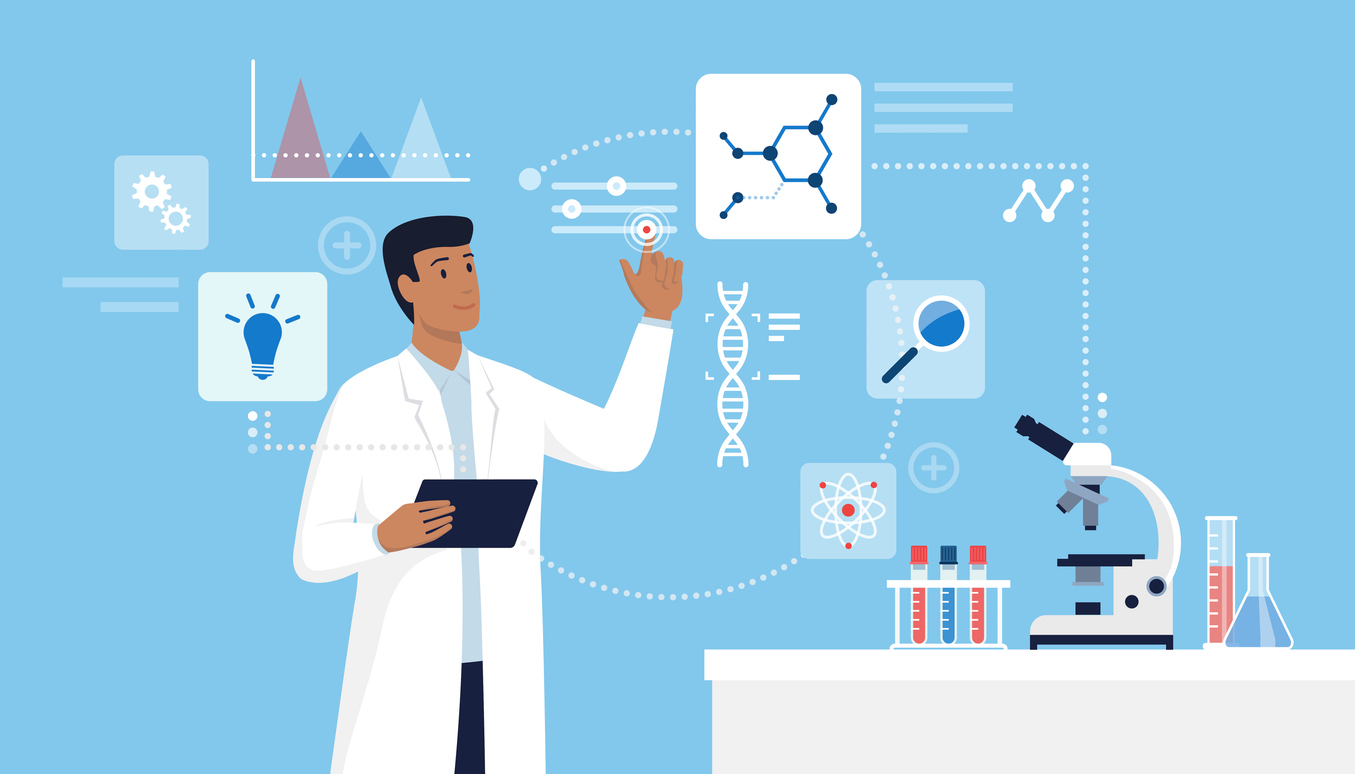
The Intricacies of Hospital and HLA Lab Communications
By Tamara Vayntrub, Project Manager, HLA Lab
SBC’s Histocompatibility & Immunogenetics Laboratory (HLA Lab) is a leader in the field of transplantation and genetics. The HLA Lab supports patients by using state-of-the-art technology to perform solid organ and bone marrow transplantation testing, as well as testing for factors associated with disease risk and drug resistance/susceptibility.
On a daily basis, the HLA Lab carries out its mission by fulfilling testing requests from hospital partners, including Stanford Hospital and Lucile Packard Children’s Hospital Stanford. And while processing test requests may seem simple enough, coordinating databases between the hospitals and the HLA Lab, all while maintaining patient confidentiality, can be extremely complicated. This year, the HLA Lab hit a major milestone with the implementation of an improved Health Level 7 (HL7) interface, which allows for much greater efficiency and, ultimately, a quicker, more reliable way to get doctors the results they need to support local patients.
Currently, the way a request is initiated is that a hospital care team, after evaluating their patient, identifies what testing needs to be done and sends them elsewhere in the hospital or to an outpatient center to have the physical test sample drawn, which will then be sent to the HLA Lab. But the HLA team needs much more than a sample to provide accurate results.
At the same time as the sample is being collected and prepared for the HLA Lab, the care provider must review the HLA Lab offerings and select one from many test batteries, all of which have been predetermined by a joint group of HLA Lab and hospital leaders who have identified which tests are most appropriate in any given scenario. For example, if a patient is preparing for a solid organ transplant, their testing battery would include HLA typing, antibody screening and any other tests set by this policy. Once the proper test is selected on the hospital’s own system, a request is sent to the HLA team.
In order for the HLA Lab to accurately carry out the tests, they need demographics and other medical information on the patient. However, each piece of information on the patient that they may need — date of birth, transplant or transfusion history, age, etc. — is stored in the hospital’s secure database and is retrievable only by a specific code. And with over 57 possible test orders for care teams to choose from, each with its own complex and specific electronic messages, that equates to a lot of codes and information! Since the HLA Lab system is independent from the hospital system, pulling each piece of information using these unique codes would be extremely tedious and take someone very specialized in both systems. However, thanks to the work of the amazing HL7 interface, both systems can talk to each other, allowing data and test reports to translate seamlessly from one system to another!
Replacing the current outdated interface with a more robust HL7 interface engine has allowed the HLA Lab more flexible capabilities. It is now better suited to support the growth of future applications and can allow multiple reporting formats for the transmission of results to the hospital (at the same time, helping out the environment by keeping things as paperless as possible!). Specifically, one advantage of the new interface is that both the HLA Lab team and the hospital team have the ability to resend an order or result from within the system. Yet another advantage of the new reporter system is the flexibility to easily build reports customized to what the hospital team really needs.
Moving forward, the HLA Lab aims to increase efficiency and ability in monitoring incoming and outgoing messages between the systems. These and other features further optimize and ultimately reduce the time for clinical results to be available for the care teams requesting them — and, ultimately, how long it takes for patients to receive these incredibly important results! The Lab is excited about this efficiency accomplishment and looks forward to finding new ways of improving technology in the future to better support patient care.
